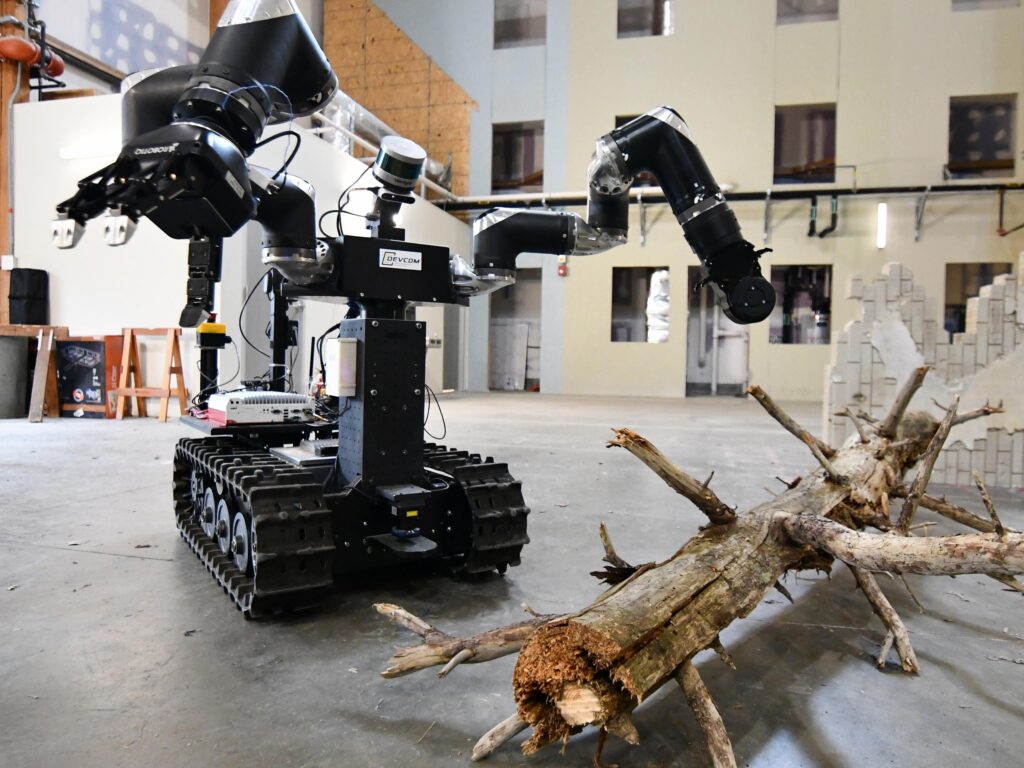This content discusses the concept of biomimicry in the development of military innovations. It explores how nature drives technological advancements in the military sector by imitating natural designs and processes. The article provides examples of biomimicry in military technologies, such as the development of unmanned aerial vehicles (UAVs) that resemble birds or insects and the use of armor technology inspired by turtles and armadillos. It also discusses the application of biologically inspired intelligence in the development of intelligent military systems. The advantages of biomimicry, including efficiency, resilience, and sustainability, are highlighted, along with the potential for limitless advancements in military technology through embracing biomimicry.
Biologically Inspired Military Innovations
Introduction
Throughout history, humans have turned to nature for inspiration in various fields, including technology and military advancements. The concept of biomimicry, which involves imitating natural designs and processes, has been instrumental in the development of cutting-edge military innovations. By studying and replicating nature’s strategies, scientists and engineers have been able to enhance military capabilities, improve efficiency, and create solutions to combat complex challenges. This article explores how nature drives technological advancements in the military sector.
Understanding Biomimicry
Biomimicry, also known as biologically inspired design, refers to the emulation of biological systems by humans to solve complex problems. It involves analyzing and understanding the mechanisms and functions of organisms, their evolution, and the underlying principles governing their survival and adaptation. By applying these insights, scientists and engineers can design military technologies that possess superior performance, resilience, and efficiency.
Biomimicry in Military Innovations
There are numerous examples of biomimicry in military innovations. One such example is the development of unmanned aerial vehicles (UAVs) that resemble birds or insects. By studying the flight mechanics and aerodynamics of these organisms, scientists have been able to create drones that can fly efficiently, maneuver swiftly, and mimic the behavior of their natural counterparts. These UAVs have proven to be invaluable for surveillance, reconnaissance, and even combat missions.
Another area where biomimicry has led to significant military advancements is in the field of armor technology. Organisms such as turtles and armadillos have natural protective shells that inspired the design of innovative materials and structures for military vehicles and personnel. These advancements have played a vital role in increasing survivability and reducing casualties in combat situations.
Biologically Inspired Intelligence
Nature is also a rich source of inspiration when it comes to developing intelligent military systems. The study of animal behavior, particularly social insects like ants and bees, has provided insights into swarm robotics and distributed intelligence. The ability to coordinate and communicate without centralized control has paved the way for concepts such as autonomous drones and robotic swarms that can operate in a synchronized manner. These systems have applications in various military domains, including surveillance, search and rescue, and even combat.
Advantages of Biomimicry
Biomimicry offers several advantages over traditional design approaches in the military sector. By leveraging billions of years of natural evolution, engineers can tap into efficiency, resilience, and sustainability that cannot be easily achieved through human ingenuity alone. Nature has already solved many complex problems, and by mimicking its strategies, humans can save time, resources, and effort in developing new technologies or improving existing ones.
Furthermore, biologically inspired designs often lead to more environmentally friendly solutions. Military operations have a significant impact on the environment, and biomimicry can help mitigate this impact by using sustainable materials and technologies that are inspired by nature’s own processes.
Conclusion
Biologically inspired military innovations have revolutionized the way armed forces operate. By drawing inspiration from nature, scientists and engineers have developed technologies that possess enhanced capabilities, increased efficiency, and reduced environmental impact. As our understanding of biological systems grows, the potential for biologically inspired military advancements is limitless. By embracing biomimicry, we can continue to push the boundaries of military technology while simultaneously drawing valuable lessons from the natural world.
